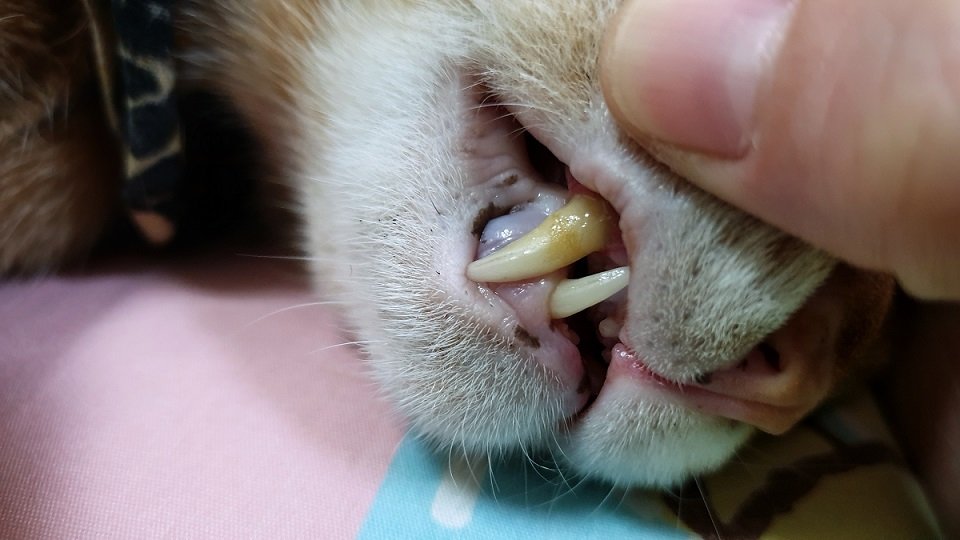When it comes to budgies and other birds, as well as reptiles such as snakes and chameleons, oral hygiene is not something that you need to concern yourself with, and instead, your pet will take care of such matters on its own.
However, if you are the proud owner of a dog, cat, rabbit, or even guinea pig, then you need to be fully aware of the supreme importance of oral hygiene and do everything you can to make sure your pet’s mouth, teeth, gums, and tongue are as healthy as possible.
With that being said, continue reading to learn about the importance of oral hygiene for pets.
Only Use VHOC Approved Dental Treatment
Fortunately, there are several over-the-counter treatments for small animals, dogs, and cats alike to help rid your cherished pet of dental disease or mouth infection.
It is absolutely essential, however, to only ever use VHOC (Veterinary Oral Health Council) approved products, as cheaper treatments are likely to be far inferior and could even make your animal’s condition worse.
Dental X-Rays
If you can tell that your pet has cracked a tooth or else is suffering from pain in its mouth, you should take it to a reputable and renowned vet, such as Easy Vet, who will conduct a dental x-ray to assess the damage.
To your naked eye, it may well seem as if your dog, cat, or rabbit has perfectly normal teeth, but under an x-ray, a professional vet can tell if there is an issue. Diseased teeth which are left, especially in the back of your pet’s mouth, can lead to serious complications in the future.

How to Clean Your Pet’s Teeth
One of the most effective ways to ensure good oral hygiene in your dog or cat is to manually brush their teeth yourself, and obviously, this can only be conducted if you have an excellent bond with your animal and they trust you entirely.
To clean your dog’s teeth, for example, you should follow these steps:
- Wait until your dog is sleepy, calm, and relaxed in the evening
- Lift the side of their bottom lip and run your finger along their bottom teeth
- Wrap your finger in a piece of soft flannel and repeat the action
- Gently brush the bottom teeth with a soft and pet-safe toothbrush
- Lift the top lip and run your finger along their top teeth and fangs
- Gently brush the top teeth with the toothbrush
- Reward your dog with a healthy dental chew
Ways to Tell If Your Pet’s Mouth Is Infected
If you notice that your animal is no longer interested in playing with its beloved toys and is generally less energetic and more lethargic, the problem could be to do with pain or infection in its mouth.
Other indications that could mean your pet’s mouth is infected include receding gums, bad breath, chewing on only one side of its mouth, bloody saliva, and nasal discharge.

